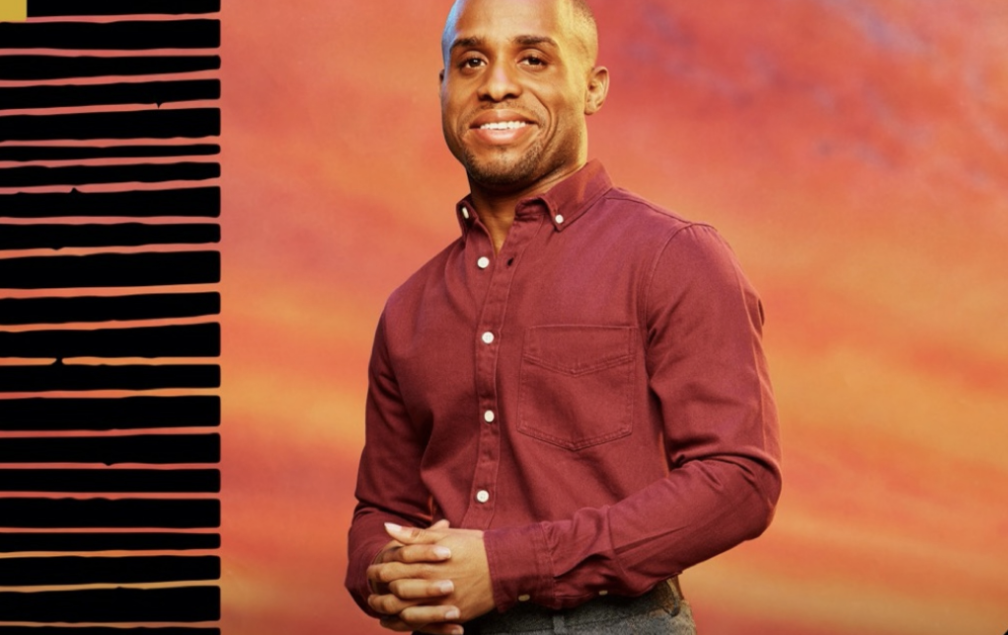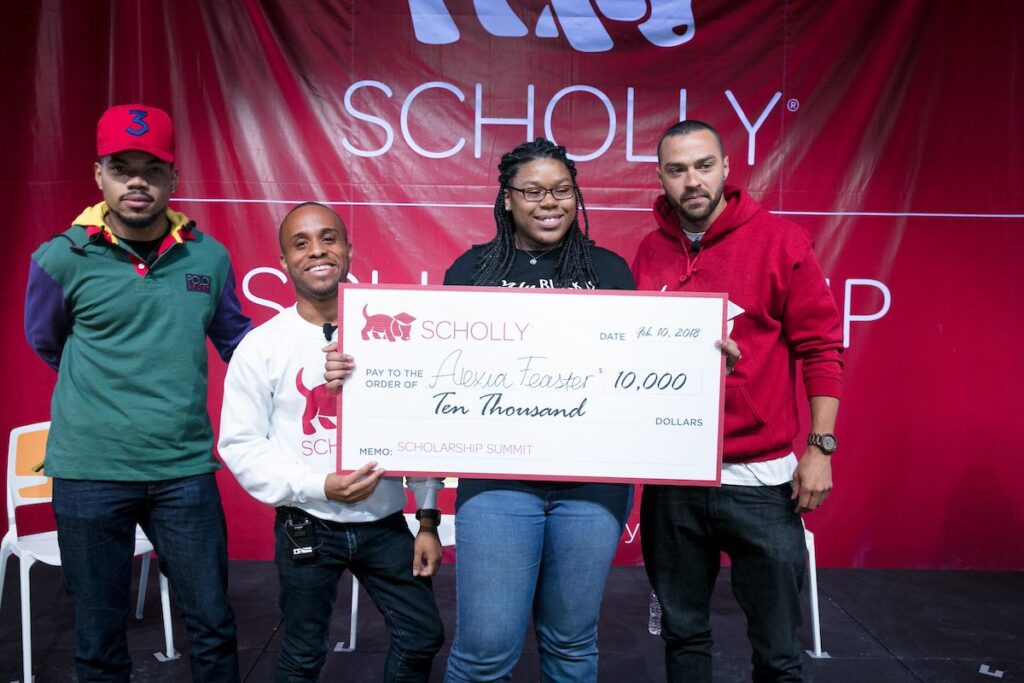Black CEO Gives Tips On Mobile App Engagement And User Retention

After winning $1.3 million in scholarships himself, Christopher Gray founded Scholly, an app that helps students easily find scholarships for college.
Scholly was featured on ABC’s Shark Tank, landing a deal with Daymond John and Lori Greiner and sparking the biggest fight in Shark Tank history. Scholly has over 4 million users and has helped students raise over 100 million dollars.
It was first launched in 2015 with the simple goal of matching students with available scholarships: Input your age, interests, and other demographic information and Scholly would find potential fits.
The idea, Gray previously said, was born from his desire to help others do what he did. “I got some scholarships because I was the only one who applied. A lot of times, students just don’t know they exist.”
Actor and activist Jesse Williams is a member of Scholly Search’s board; Chance the Rapper has appeared at its Chicago-based initiatives. The company has relocated from Philadelphia to California, into a sprawling corner office with mountain views.
Still, in his mid-twenties, Gray has been named to Forbes’ “30 Under 30” list for social entrepreneurship and Oprah Winfrey’s “SuperSoul 100”.
According to data, the average app loses 77% of users within just three days, and by the end of the month, 90% of those original new users are gone too.

“You need to make sure registering for an account will take less than two minutes. Keep the onboarding or the sign-up process simple and fast. Get their email address and name, or the most relevant information you need. Then wait until they are engaged with the app, and use email to retarget them to get more, nice to have information to complete your data matrix,” Christopher shared with Mogul Millennial.
Christopher shared with Mogul Millennial, said: “We use this company called Braze but there are other companies you can use to make sure you have certain triggers in place. When someone leaves your app for a certain period of time, you can use the data you’ve gotten when it’s time to re-engage them. Also, use different attribution tools for your app to make sure you’re tracking that person’s engagement and are making data-driven decisions on what you need to improve your app.”
Some of the things Christopher says you should figure out are: What areas of the app did this person use? How long did they use it? What features did they use the most?
“Having an outboarding flow when people decide to cancel a subscription and cancel your app is really important. Try to survey as many people as you can to get data. You can even create some sort of incentive to encourage people to tell you why they are leaving. You need to get that qualitative data to learn why they are canceling,” Chris shared with the outlet.



